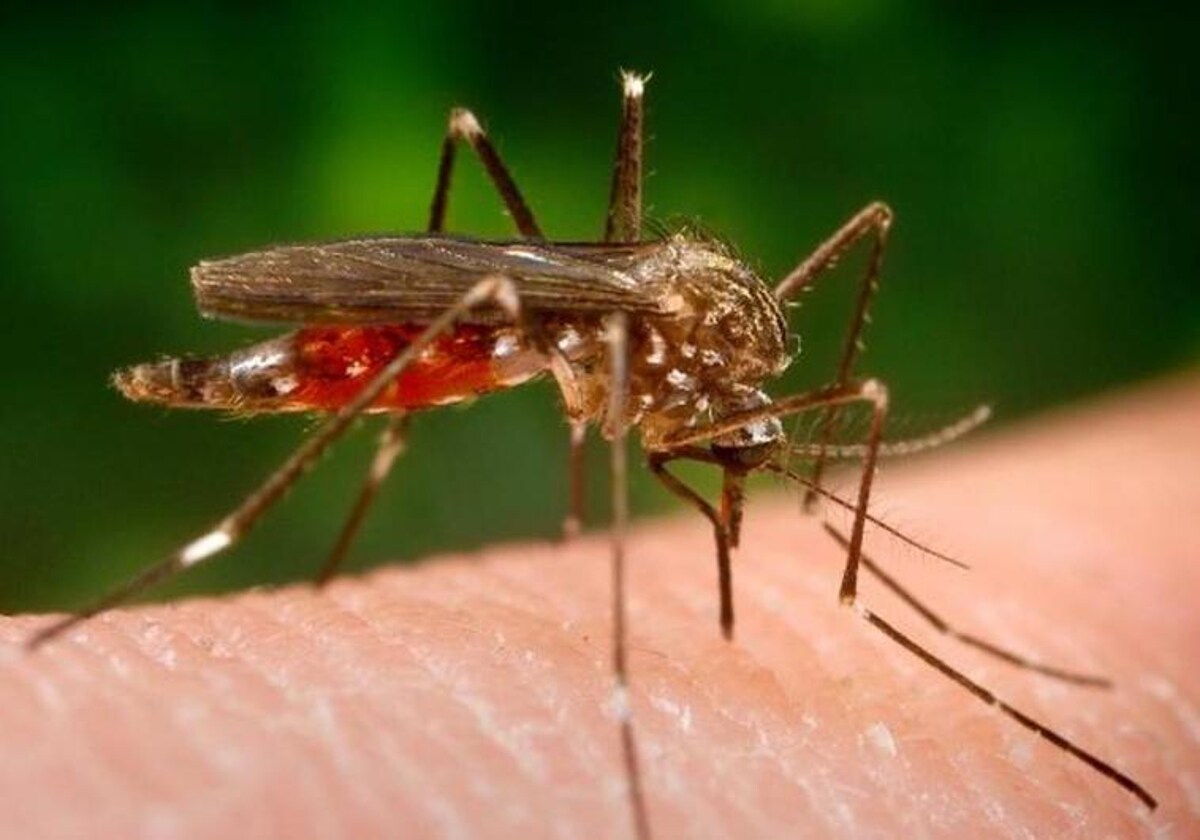Population density of West Nile virus-transmitting mosquitoes increases at Malaga monitoring station
Health ·
Entomological surveillance is the key tool for the early identification of West Nile virus circulation in Andalucía, allowing the adoption of appropriate control measures aimed at reducing the risk to the populationEuropa Press
Malaga
Wednesday, 26 July 2023, 18:11
The latest report from the Andalusian Directorate General of Public Health and Pharmaceutical Management has shown an increase in the population density of female mosquitoes potentially transmitting West Nile Virus in the trapping stations of Campillos (Malaga), and Montalban (Cordoba), due to an increase in the species Culex perexiguus. These municipalities are in grade II, i.e. with a population of a vector species of 100-500 mosquitoes. However, the report reveals that the population density of female mosquitoes potentially transmitting West Nile Virus remains relatively low, especially regarding the Culex perexiguus species.
There has also been a decrease in the population density of female mosquitoes potentially transmitting West Nile virus at the mouth of the Guadalhorce river in Malaga city which is currently classified as Grade III (last week as Grade IV).
The real-time analyses carried out to date and taking into account the captures up to 7 July in the traps in the provinces of Cadiz, Cordoba, Malaga and Seville and up to 14 July in Huelva province, all show the absence of the West Nile virus in the Andalucía region.
Entomological surveillance (mosquito surveillance) is the key tool for the early identification of West Nile virus circulation in Andalucía, allowing the adoption of appropriate surveillance and control measures aimed at reducing the risk to the population.
